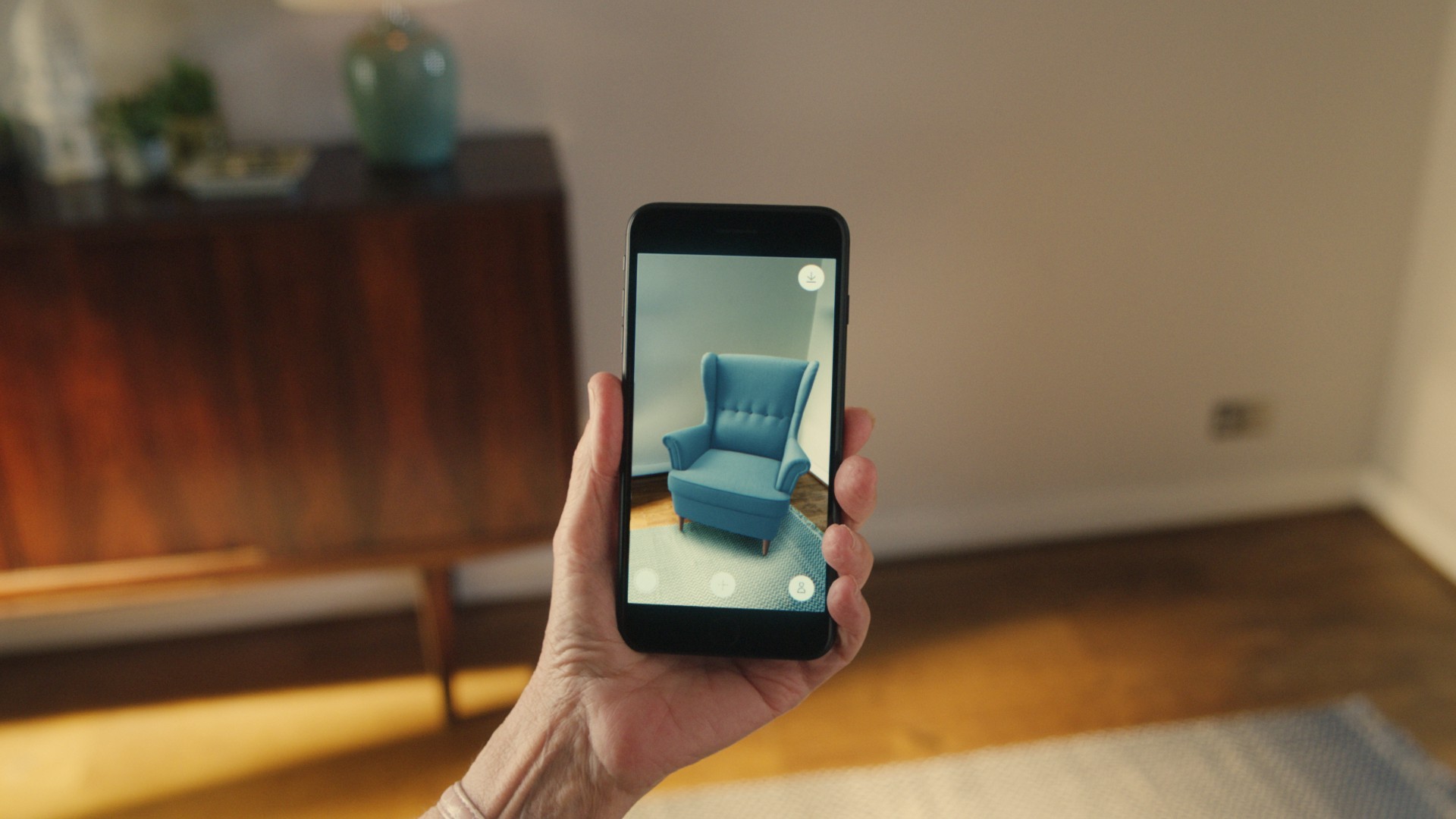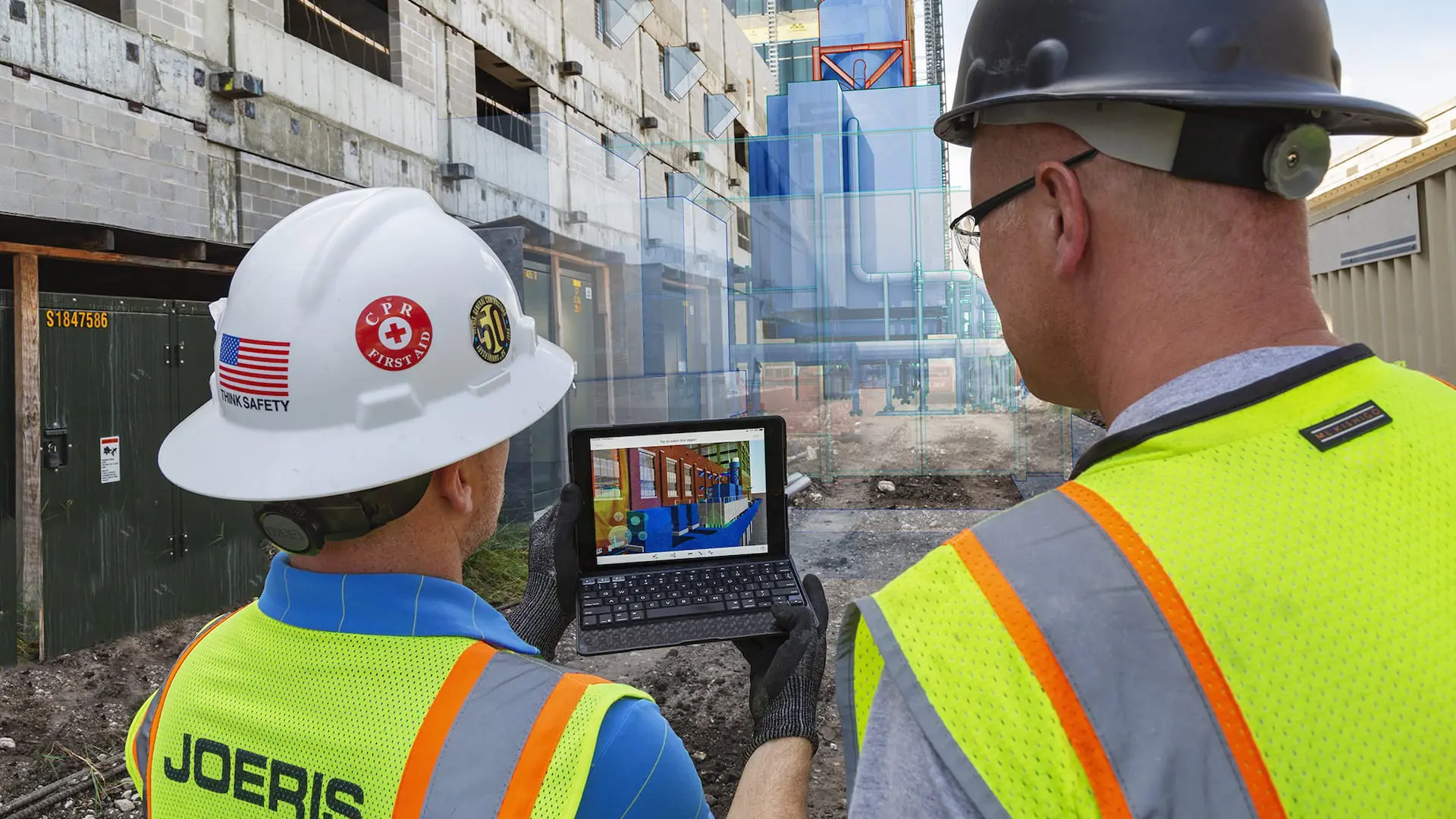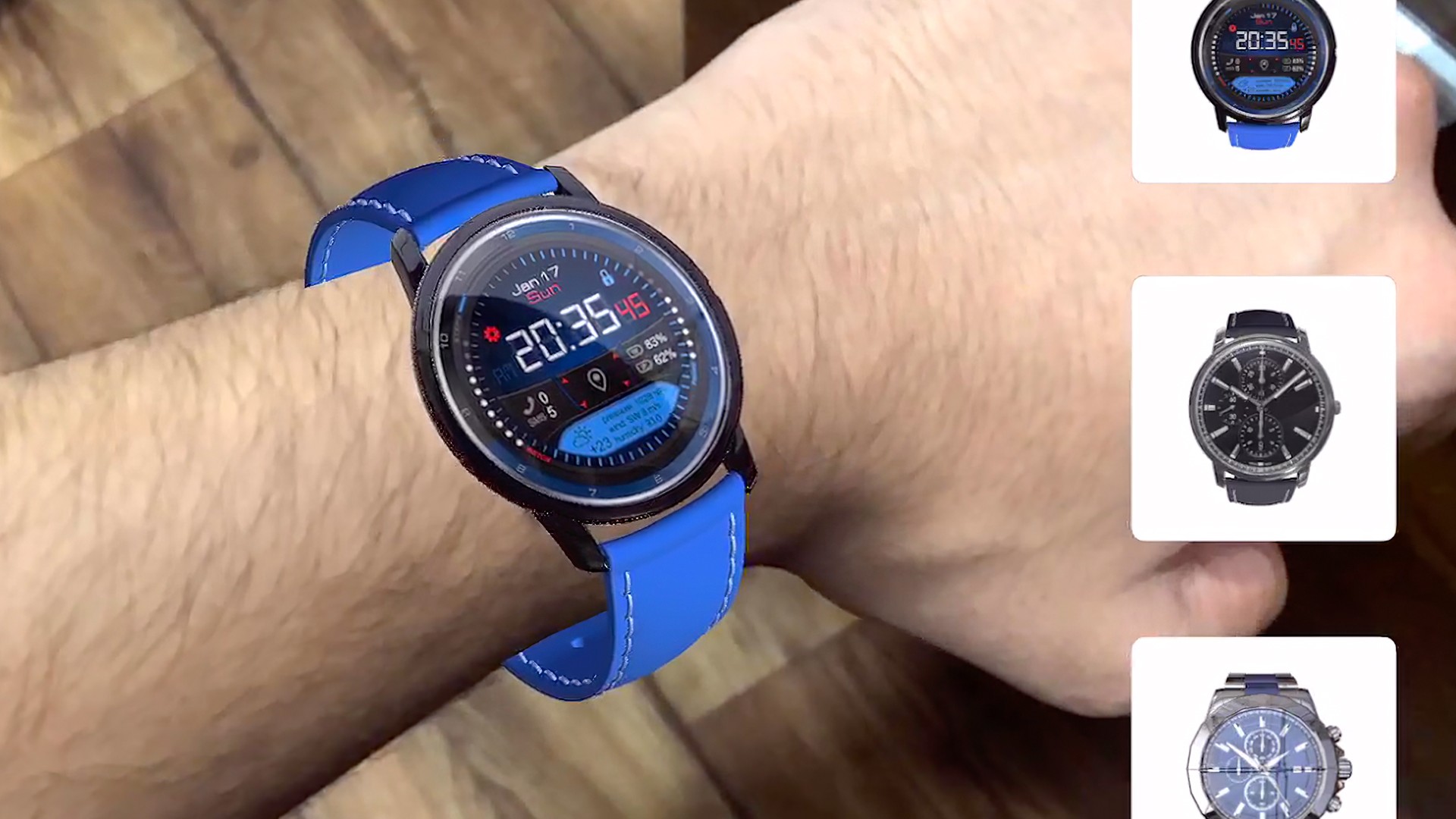Jul 21, 2023
Augmented reality’s use and development have trended up over the past several years. This follows investments in mobile hardware capability, interest in immersive virtual experiences with the metaverse, and rising industry competition. Due to these variables, the augmented reality market is set to reach a value of $502 billion by 2027, growing at a CAGR of 62.7%, according to Research and Markets. If you’re planning to become part of these percentages with your augmented reality project, you should know about all the nuances of AR app development.
In this guide, we’ll discuss the details of augmented reality development in 2022, including the choice of technologies and the development flow.
Types of Augmented Reality Apps
There are a number of different types of AR applications including marker-based, markerless, location-based, and superimposition AR solutions.
Marker-based AR
These applications utilize a particular ‘marker’ like a QR code or other image. 3D content in the app is placed in the world relative to, or on top of the marker. An older, but interesting example of marker-based AR is the PlayStation 3 Wonderbook, a gaming ‘peripheral’ that allows players to view a spell book on their screen. The book rotates and moves when they pick up the device and move it around. The camera uses the patterns on the actual book as a reference to display the AR content, a technology that is often used today on Snapchat and Instagram.

Markerless AR
Instead of using set patterns or codes to trigger the content, markerless AR utilizes a camera to detect environment patterns as well as motion sensors to detect surfaces and place 3D objects. This typically involves a number of different technologies working together, such as:
GPS and other location tools
Digital compass
Camera
Accelerometer and Gyroscope
Depth sensors
The latest devices are equipped with depth-sensing hardware (LiDAR, ToF) to improve precision. So markerless AR is powered not only by depth sensors and other positioning data but also by ML algorithms on top of this data. This allows for a more accurate rendering of 3D content and powers the illusion that digital objects are part of the real world. Apps like Pokemon Go utilize markerless AR.

Location-based AR
When users enter a particular location, AR applications can use that data to accurately display virtual content. This is how location-based AR works. Instead of simply displaying an object in relative space, developers can show objects in geographical space for users to observe and interact with.
Technology-wise, location-based AR relies on GPS, a digital compass, and an accelerometer. Moreover, there are several approaches to narrowing down the position of the device:
BLE (Bluetooth low energy) beacons
VPS (Visual Positioning System)
Low-range Wi-Fi Direct
UWB (Ultra-WideBand)

Superimposition AR
This type of AR involves digitally replacing an object or superimposing a virtual object on top of another. For example, an app that can digitally change the color of your couch could be considered superimposition AR. This technique is useful for cause-and-effect demonstrations. For example, a user could point a camera at areas of their city to see what it looked like ten years ago from an archive of Google Maps.
Technologies Used to Develop Augmented Reality
There are three approaches toward mobile AR that businesses need to choose from:
Native Android AR applications with ARCore
Native iOS AR applications with ARKit
Cross-platform apps

Making the magic happen
Businesses with experience in AR applications have a head start on achieving their goals. However, businesses that don’t have internal augmented reality development teams may find it challenging to achieve their vision without help from experienced augmented reality development professionals. Enlisting the help of experienced AR developers is a great way to build your product and get a return on your investment.




